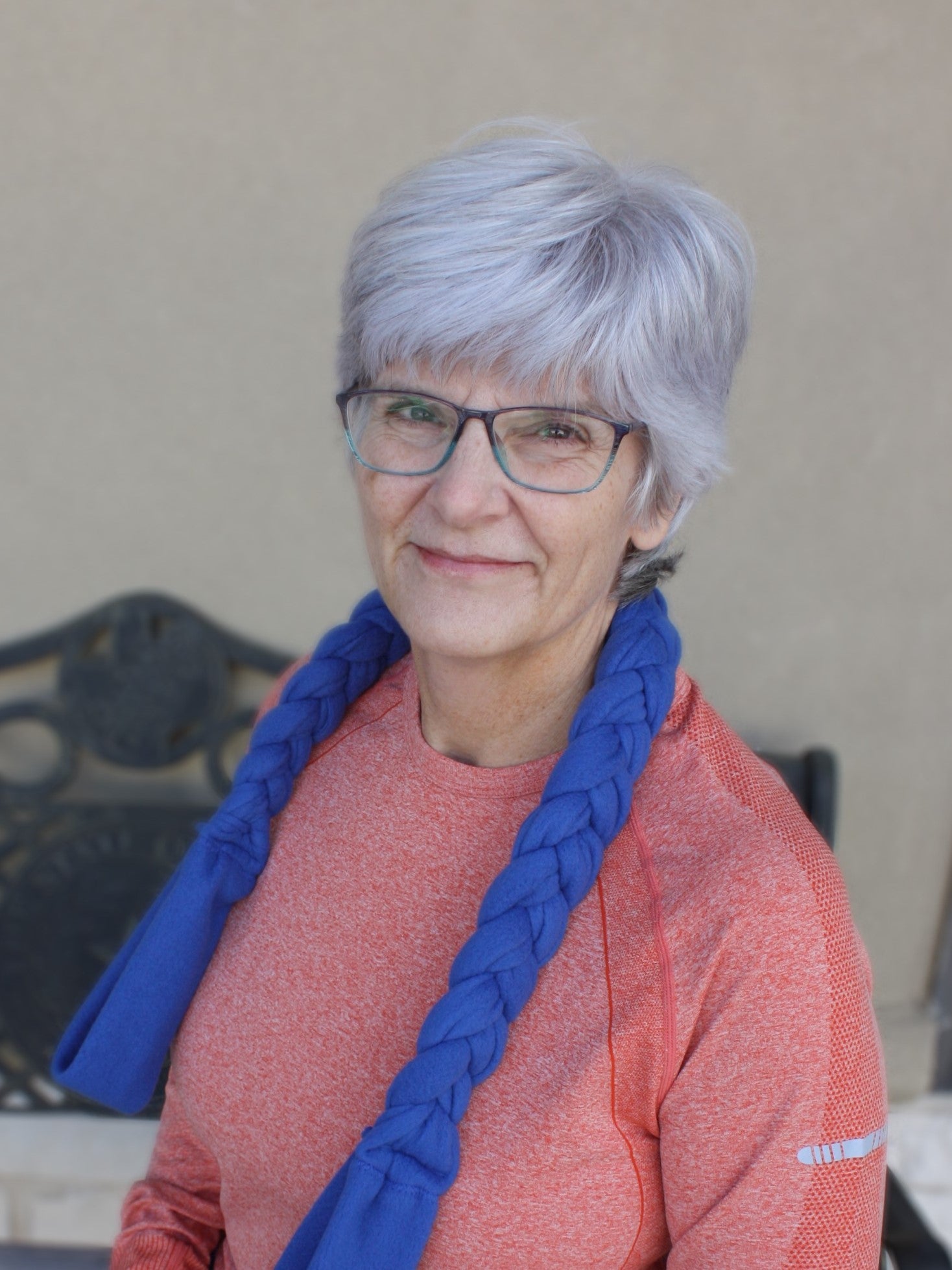
The Road Traveled …has been rough at times, but it brought me here.
Having lived with dystonia and parkinsonism since 1999, I share my story with hopes of helping others live their best despite the challenges presented. Ten years of prior military service provided discipline, flexibility and resilience that allowed me to maintain an active lifestyle, but only after I was diagnosed with dystonia, did I realize how important those life skills would become.
As experienced by many, the path to diagnosis can be long and difficult. Symptoms can be hard to describe or demonstrate, which can make the diagnosis of a movement disorder evasive. Establishing a treatment plan can be challenging. The movement disorders specialist who ultimately diagnosed my dystonia provided me invaluable advice:
“The single most important thing you can do for yourself is to exercise”.
At that time, I was a mom to two young children who needed me. I soon realized that my time would be split between caring for my children and maintaining mobility through exercise so that I could care for them. No one else could determine what my limitations would be or how to overcome them.
Crucially important for me was the realization that my personal expectations about what was ‘normal’ had to change. More than any other time in my life, I had to ensure physical activity was a primary component of my daily routine. Only I could decide what I was able to do, and what I could not do. My resilience helped me develop a plan that prioritized my exercise and aspire to achieve new goals.
Over the years, my personal exercise program incorporated various combinations of walking, hiking, bicycling, non-contact boxing, swimming, and Pilates. Hiking, swimming and Pilates have been a constant in my exercise regimen for the past fifteen years, so much so that I completed my comprehensive Pilates certification to teach and help those living with Parkinson’s.……yet there was still a piece missing. Because of my limitations I was not able perform the same exercises or activities at the skill level I had before my diagnosis. Was there something that would provide me the ability to do the movements and activities I used to do? If there was, I had not found it.
What does the resolute person do when they don’t find the tool they need to accomplish their goal? They make their own…. Ultimately, I designed the NeuroPlait® exercise tool* to help myself and others make that brain-body connection to help improve functional movement.
Isn’t that what we all seek – Improved Functional Movement!
Collapsible content
More About Diane:
Peak Pilates Comprehensive Certification
Nationally Certified Pilates Teacher (NCPT)
The NeuroStudio: Level 2 Practitioner, Mentorship with
Co-Founder Meghan Koppele Duffy, 4-Quadrant Stability Model™
NeuroPlait™ Founder and Developer
